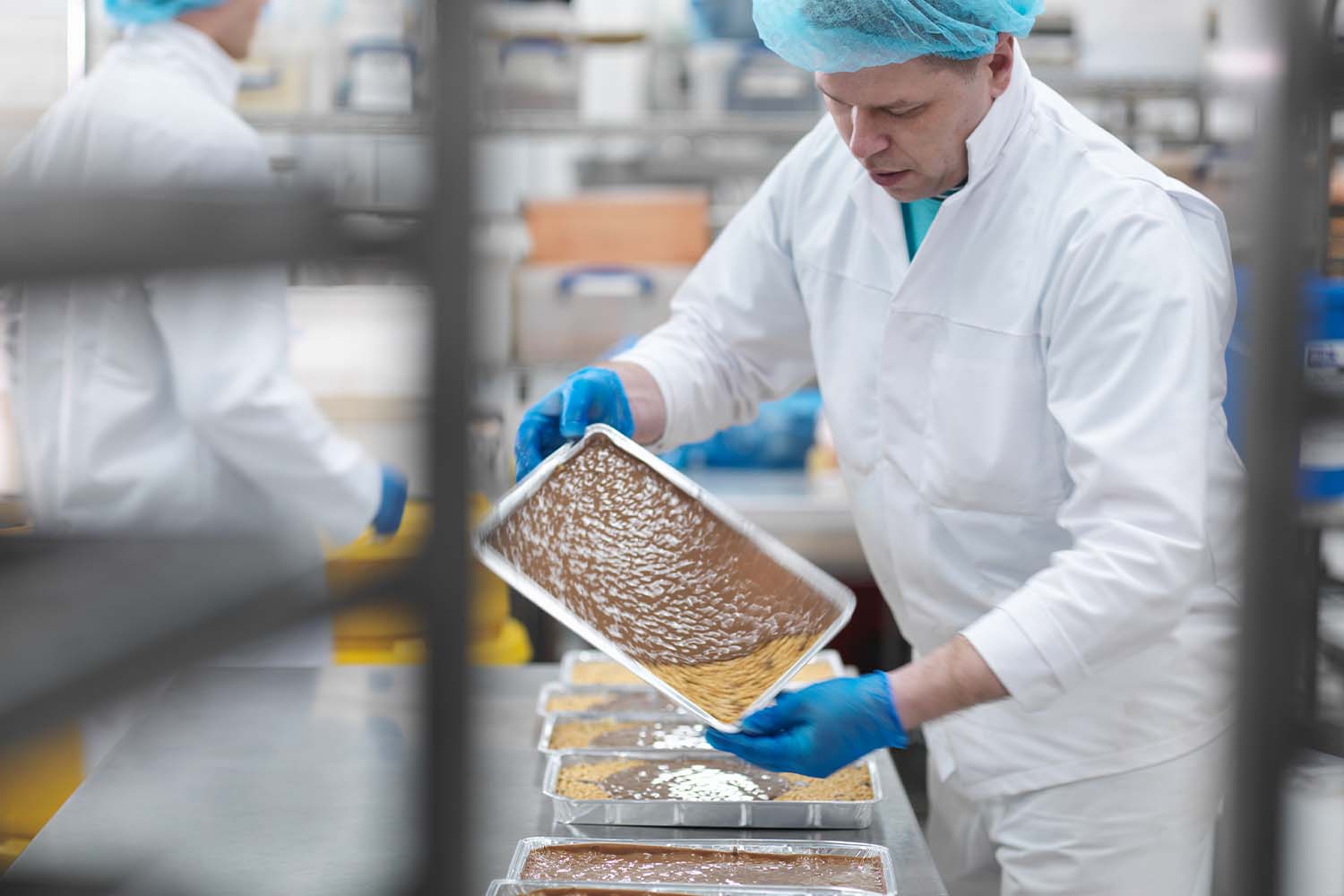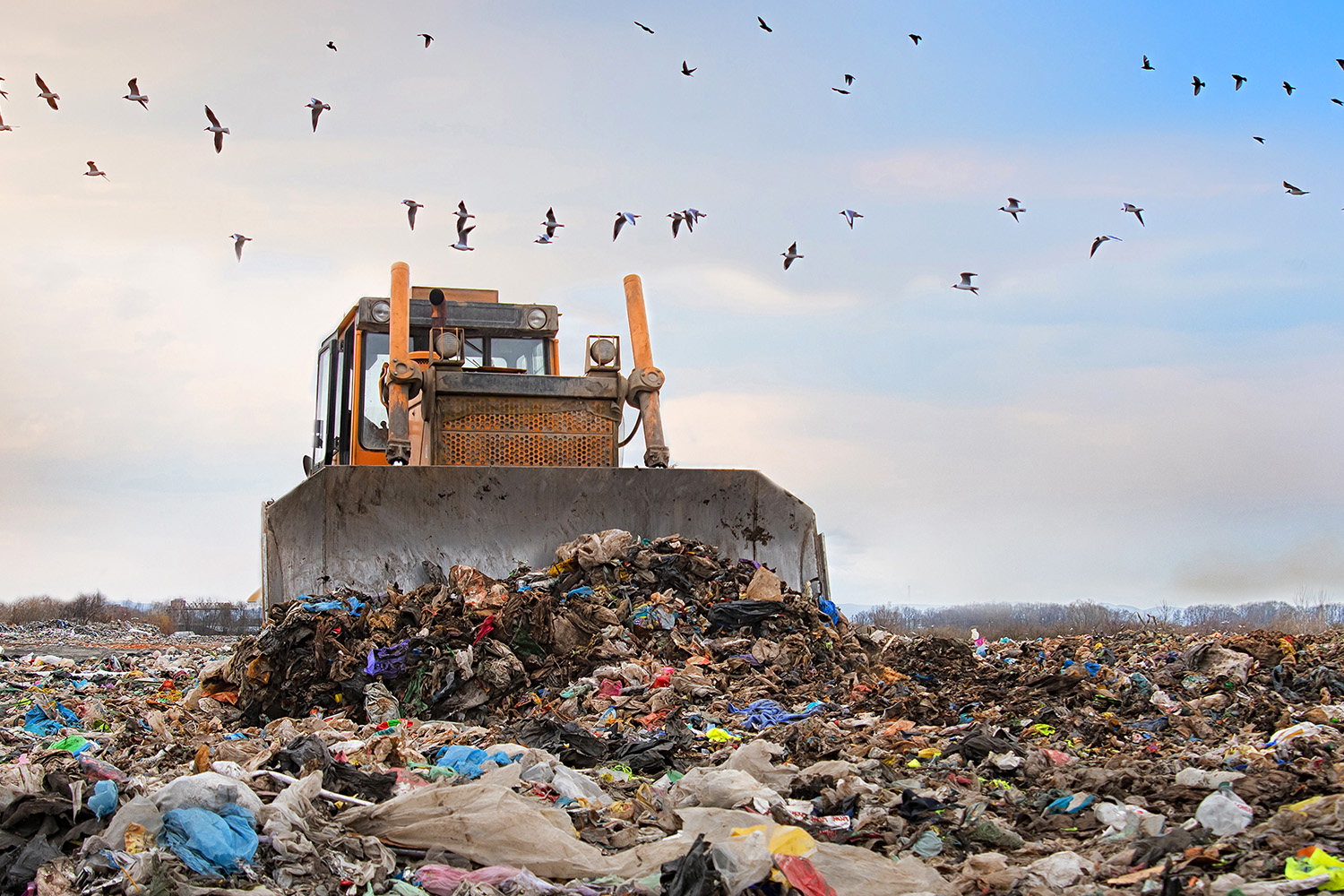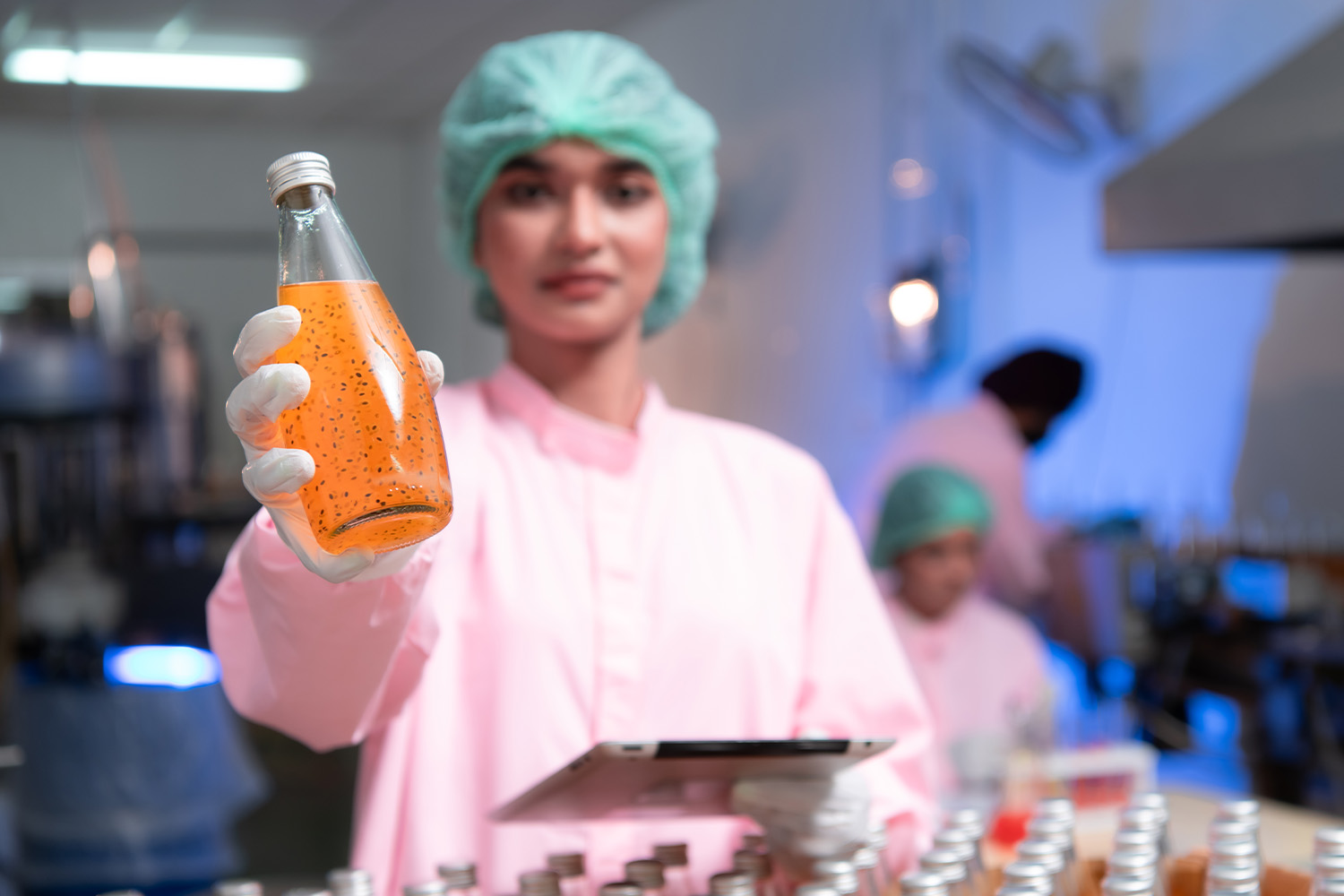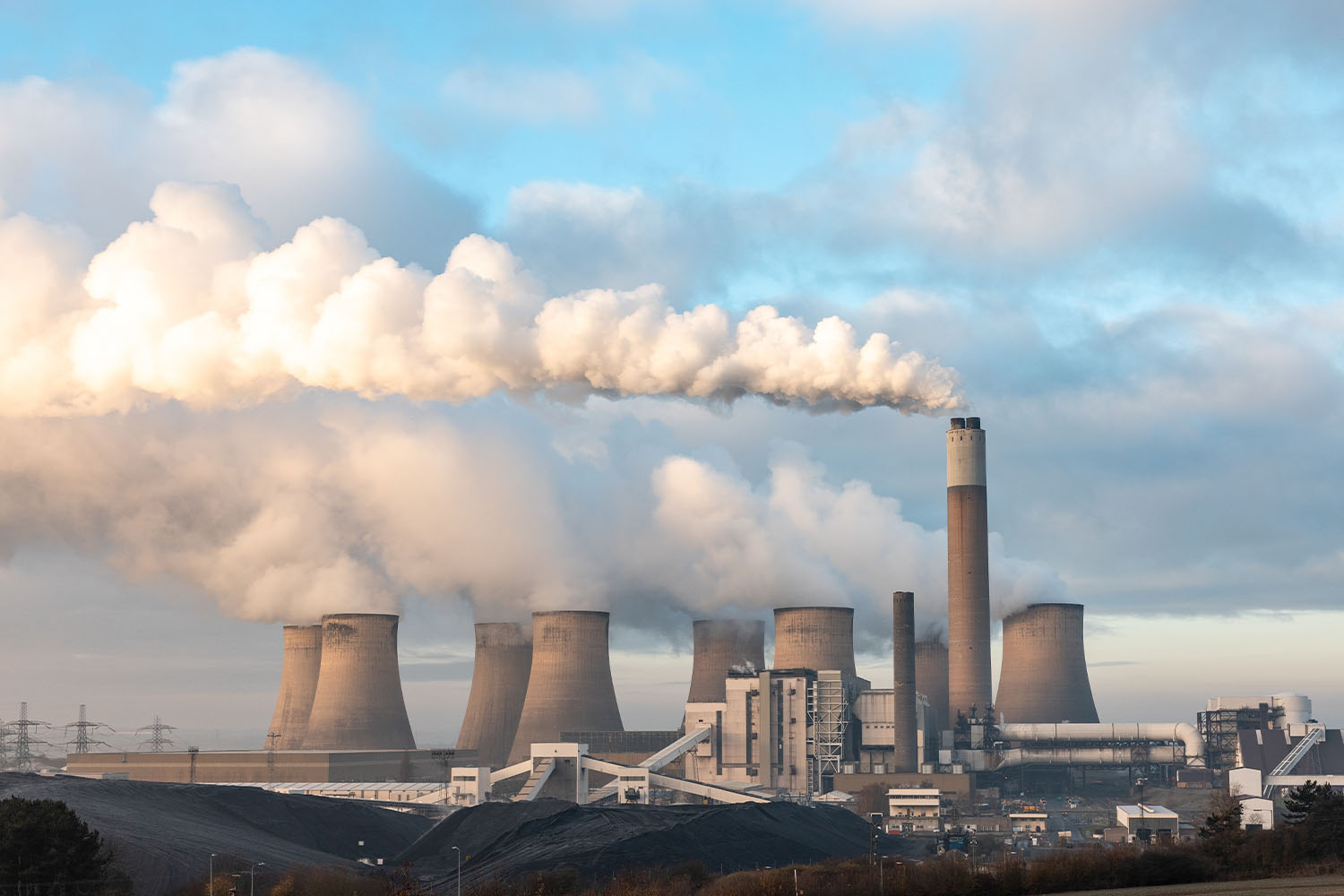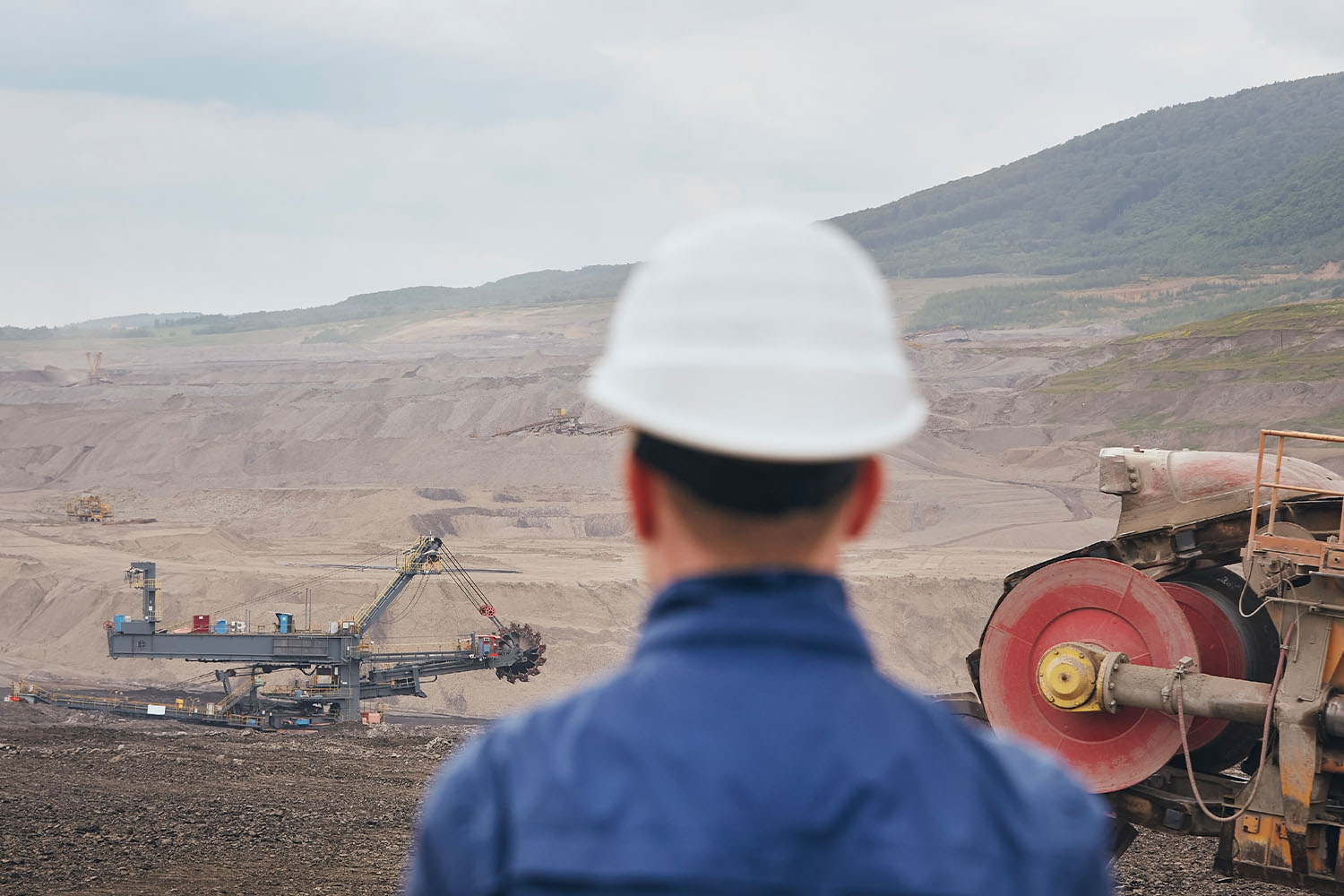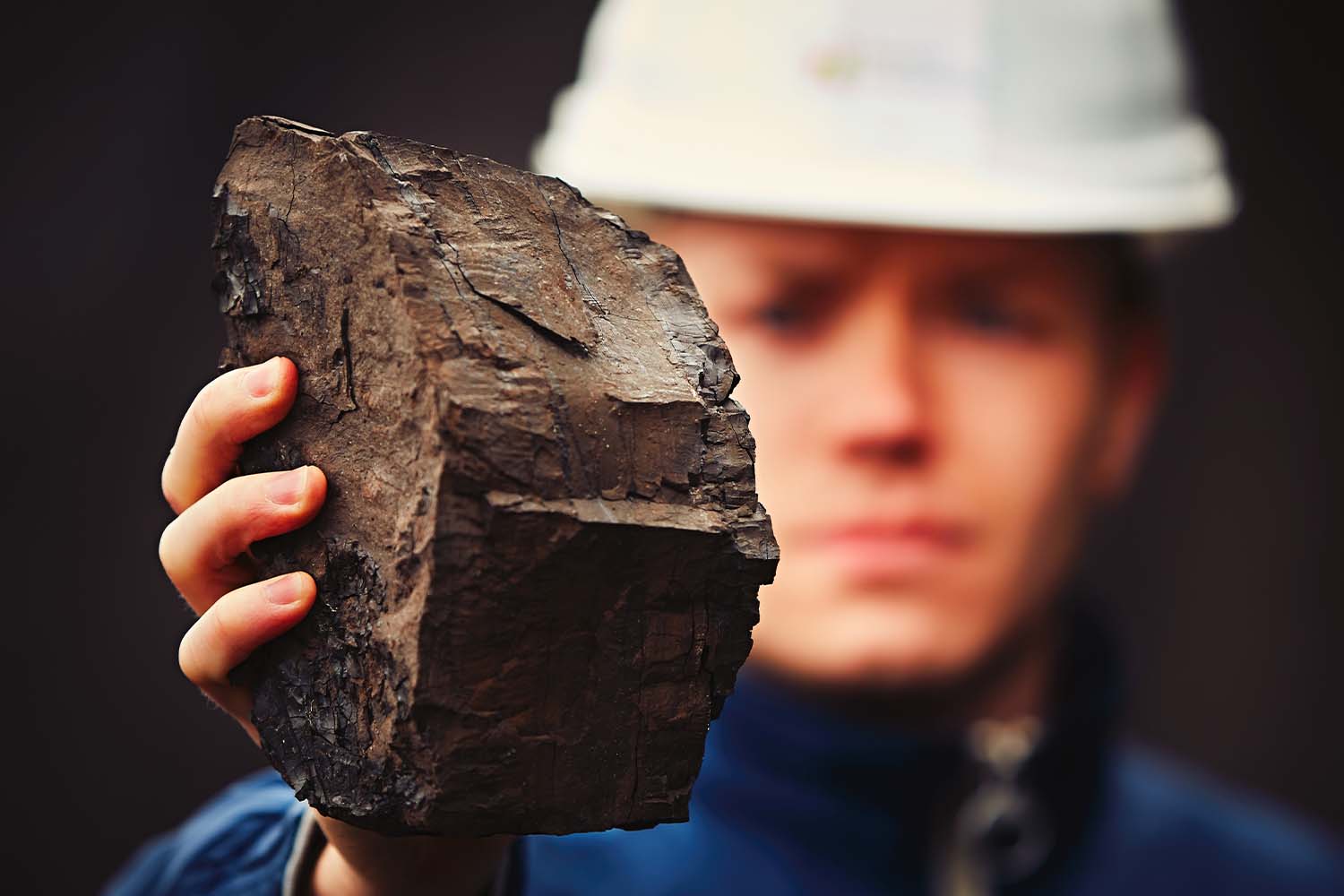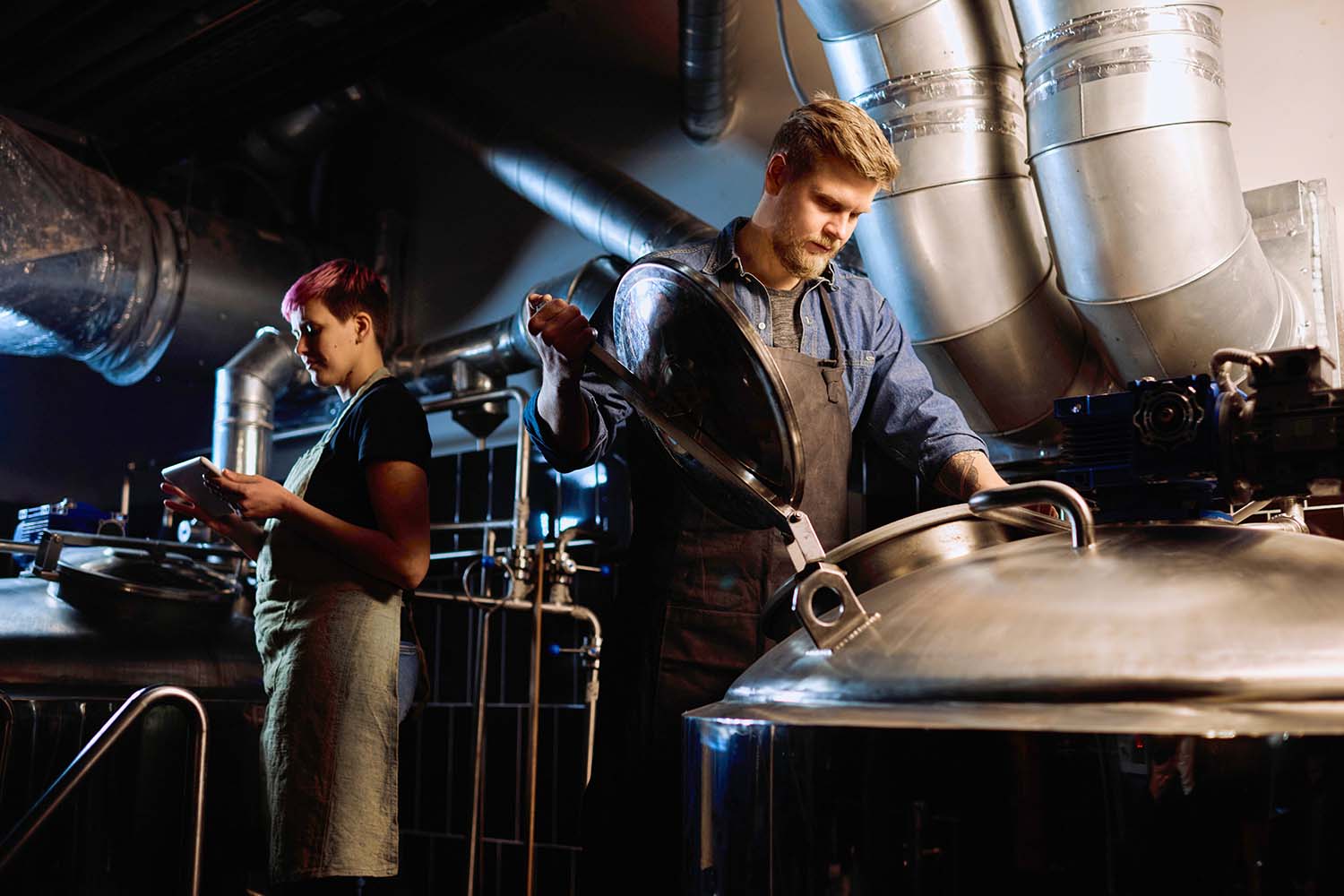Biogas Industry
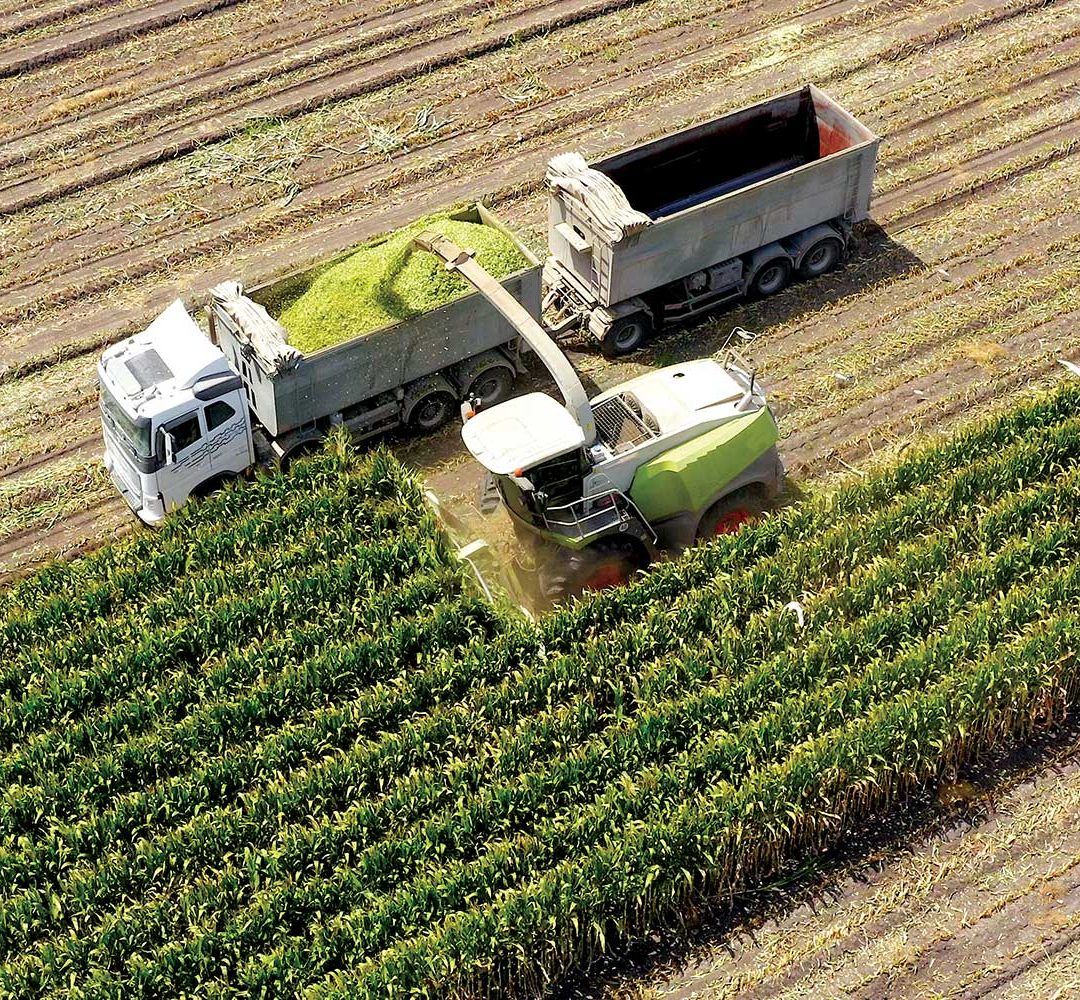
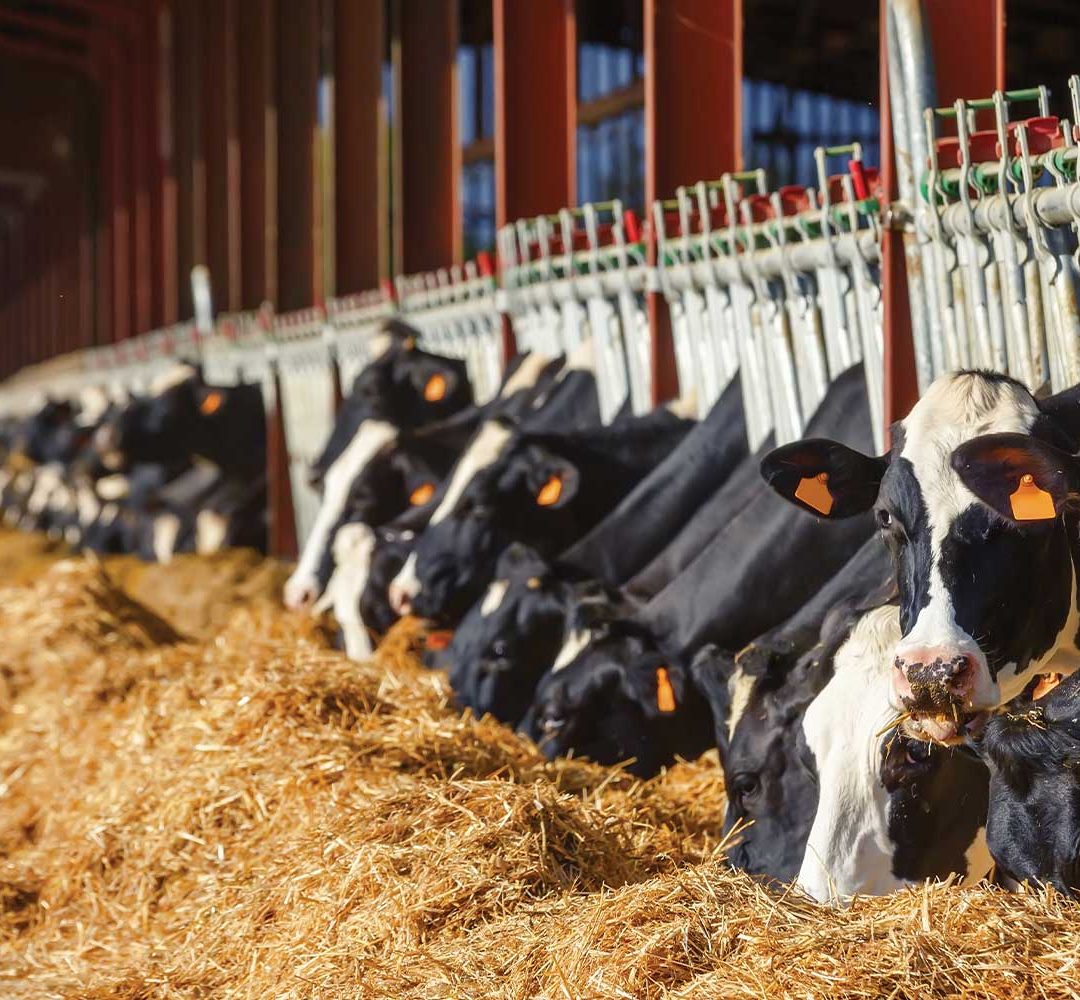
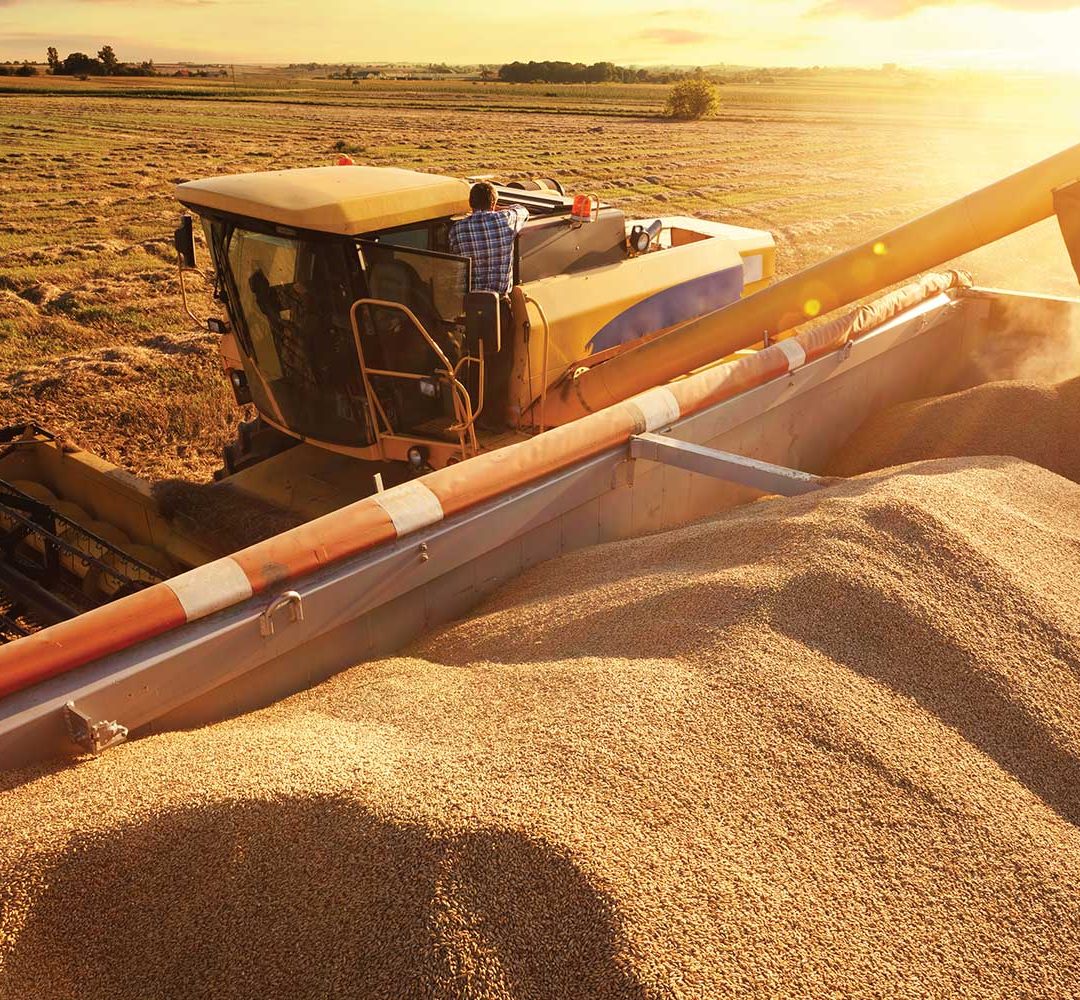
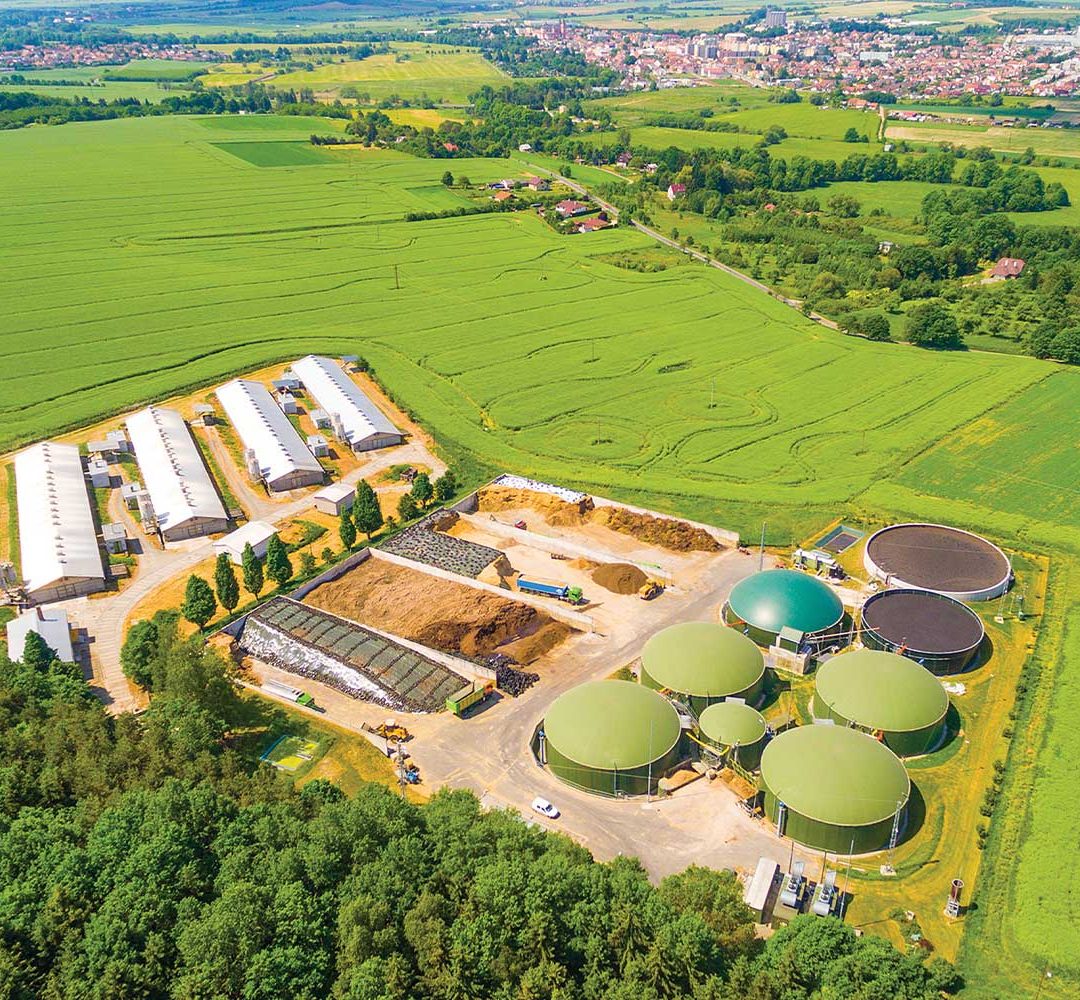
Biogas is a word we hear frequently in industry but what is a biogas plant? A biogas plant is an oxygen free storage system where biomass is transformed into biogas using bacteria. Biogas plants come in many shapes and forms from small facilities that are a by-product of a main process, or large facilities that are built specifically for carbon-neutral energy production.
Receiving Area
All biogas plants have a receiving area where raw material is received and prepared. Depending on the raw material there are various pre-treatments that may be applied to the material to optimise for the next stage of processing. This could consist of drying, re moisturising, applying some form of accelerator to aid the fermentation process. In this area the use of instrumentation to detect the quality of the incoming material is very important, as the quality at this stage will affect the entire process.
Analytical Instrumentation
Instrumentation such as fixed-point moisture analysers like the Moisttech IR3000 or portable full scanning spectrophotometers like the Polispec series from IT Photonics are very useful for benchmarking the incoming material for nutritional and energy value. These analysers can assist in the reduction of response time to potential issues as well as reducing or eliminating manual testing of the product.
Real time instrumentation allows large volumes of processed products to be monitored throughout the transformation cycle of a biogas plant. This way the process is constantly monitored in order to avoid process upsets that would turn into substantial economic losses.
Biomass materials
Popular materials to produce Biogas are crop residue, agricultural material, sugarcane, grains, rice husks, seaweed, food waste, livestock manure, municipal and industrial sewage. Basically, any material that can be broken down by bacteria is a potential source for biogas production. Typically the raw material selected is based on its availability in the geographical location to the biogas plant.
Anerobic Digestion
Anaerobic digesters are where you can turn waste products into sustainable energy and eco-friendly fertilizers, so there are a lot of positive environmental effects. In the digesters, bacteria break down organic material in an oxygen free environment. This process is sometimes referred to as composting (decomposition) and also fermentation. The bacteria breaks down the carbohydrates in the material, then acidogenic bacteria produce Carbon Dioxide (CO₂), ammonia, hydrogen and organic acids as it breaks down the sugars and amino acids. In the final stage of digestion Methane and CO₂ are produced and this gas is collected using a gas recovery system.
Gas collection systems
Gas recovery systems can be put in place to efficiently capture the gas either in a balloon or storage vessel. The gases captured are usually Methane and CO₂. Large fermentation processes can use membrane separation that will produce bio CO₂ then using a CO₂ recovery plant installed to collect, purify and store the CO₂ in liquid form. This gas is then typically purified to ISBT food grade level and used in the food and beverage industry. This type of gas is monitored for impurities using a CO₂ analyser like the Unisensor Carboscan system allowing the gas to be certified food grade. The CO₂ can also be filtered prior to use using a Carboguard system from Sure Purity.
Removing the residues
After the fermentation process the residual material is extracted from the process and this can sell as a by-product of the process and is a high-grade fertiliser. It is also important to monitor the waste using analytical instrumentation as this can give an indication of how efficient the process has been. Also, if the material is sold by weight the moisture content is a critical parameter so the Moisttech IR3000 can be useful for the control of this part of the process.
Using the residue as fertiliser makes a biogas plant a zero-waste system and helps to eliminate unused waste going to landfill. This also provides better crops for the next growing cycle so has a positive effect on the environment.
Uses for Biogas
Energy produced from bio methane can be used to power local communities or be fed directly into the local power grid. The gas can also be collected and liquified rather than immediately being used for power generation. The bio methane produced is combustible and can be used for carbon neutral heating. Using membrane separation bio CO₂ from the fermentation process can be used in various industries depending on the final grade of CO₂ being produced. Studies have shown that bio CO₂ with a purity of 99.9% v/v can be produced after the final distillation process and meet the guidelines of International Society of Beverage Technologists for food grade CO₂
Summary
Building a biogas plant is not a low-cost exercise, so the number of plants being built are increasing but not hugely scalable. With the plant being able to produce bio methane and bio CO₂, producing CO₂ in smaller quantities from many smaller biogas fermentation processes is starting to gain traction. This is mainly due to the CO₂ supply crisis worldwide. The industry has grown substantially over the last few years, and with new technology coming into the market this helps to build and operate these facilities at a much lower cost.


